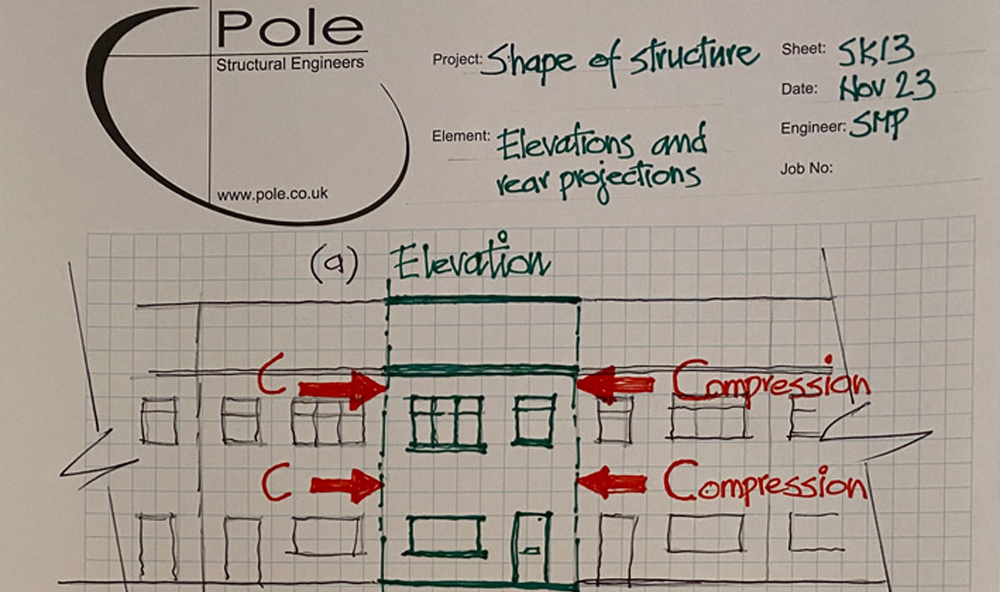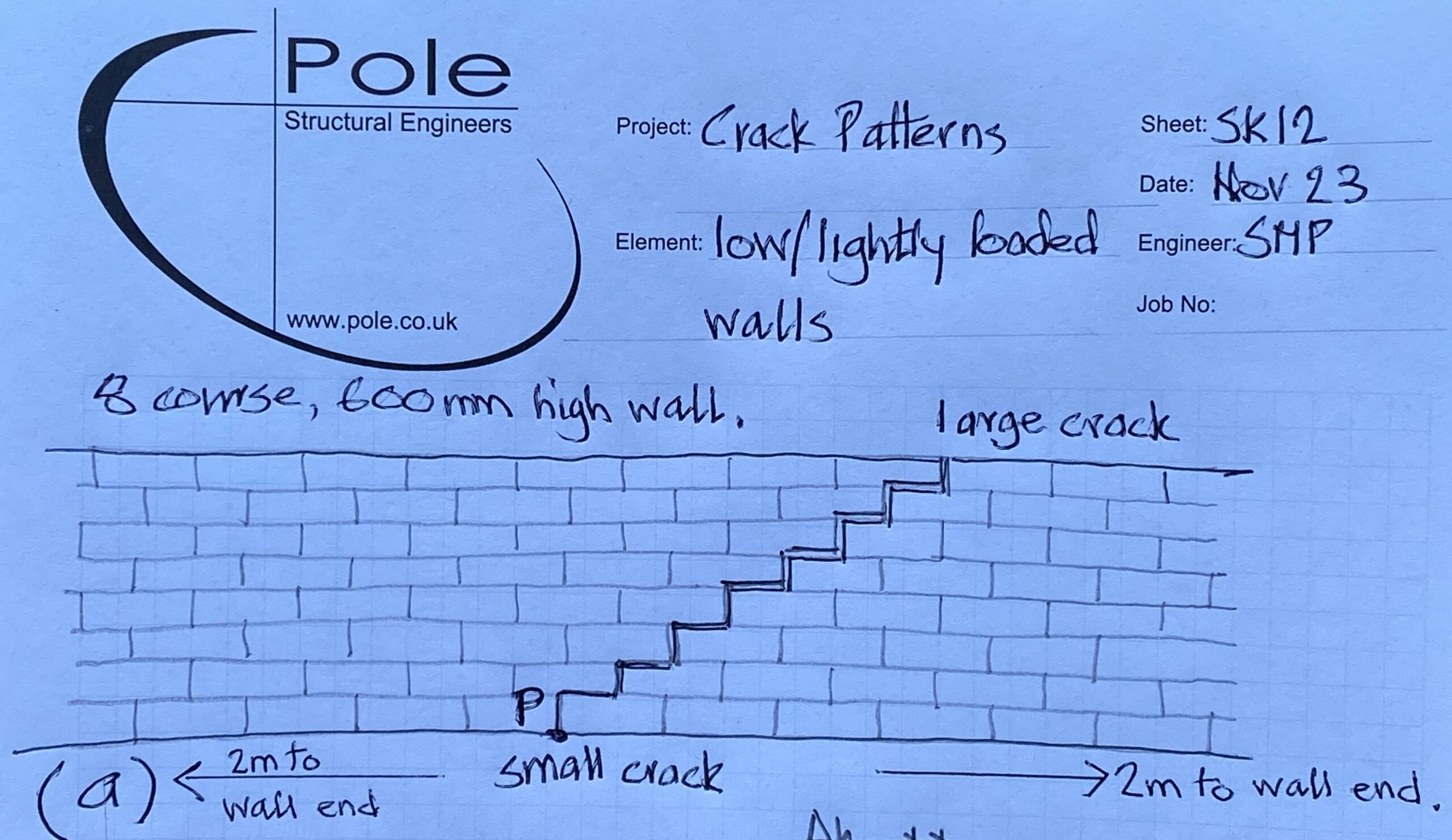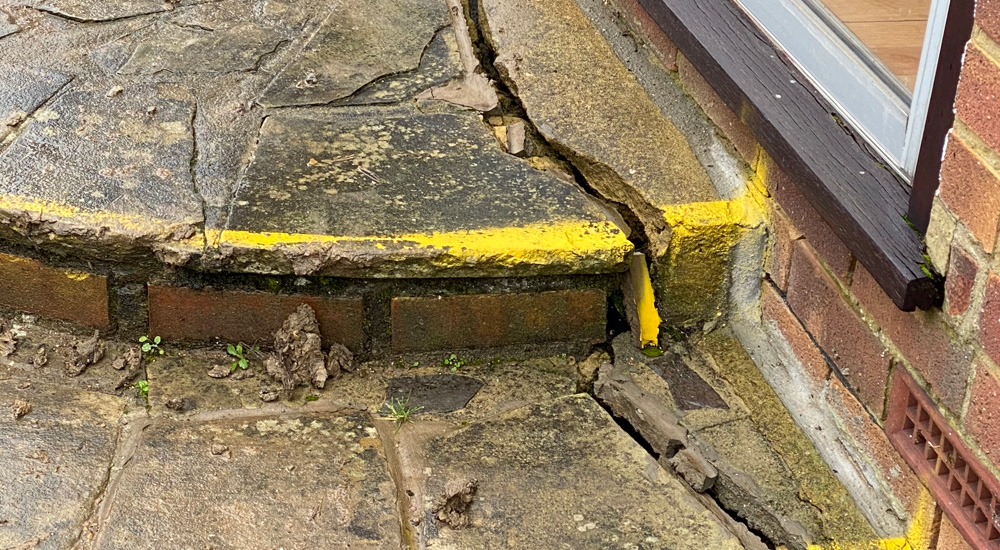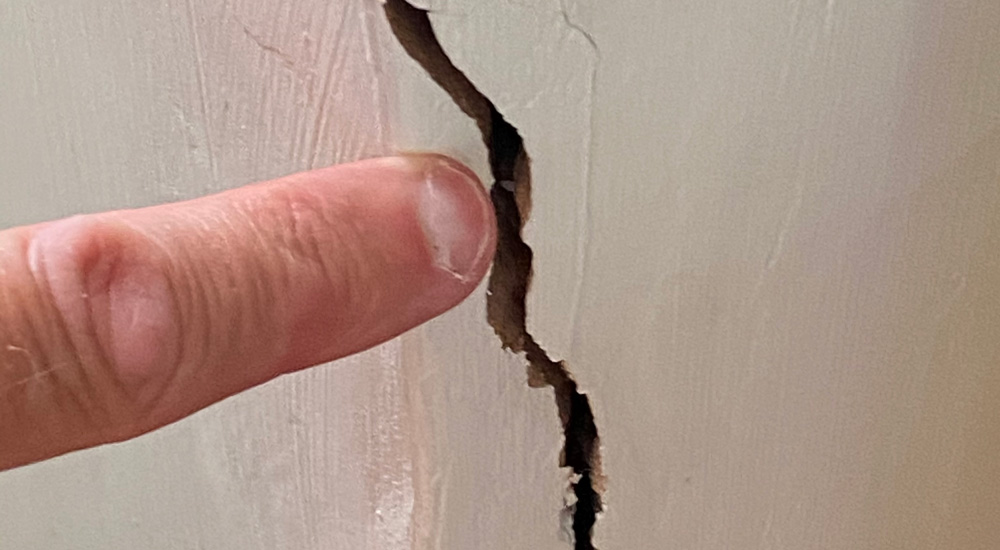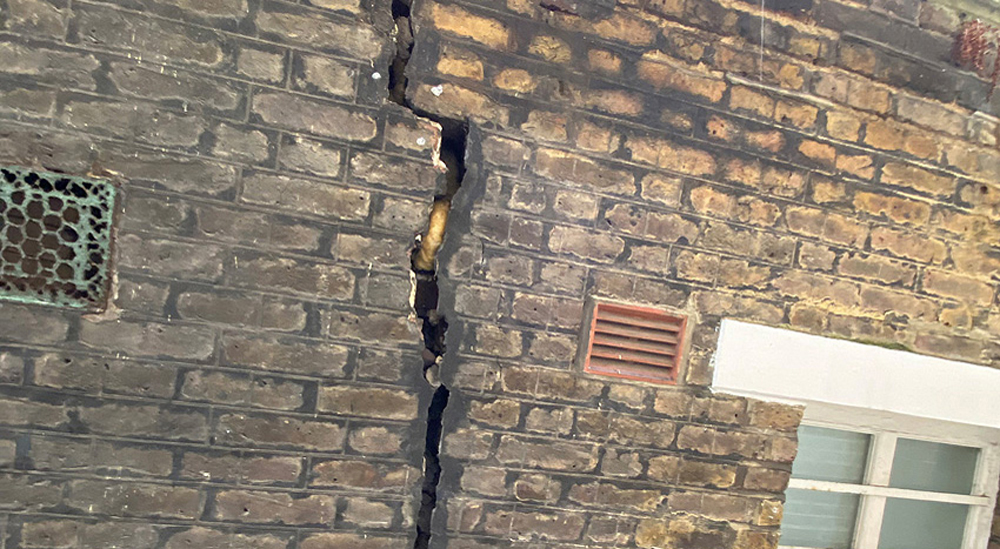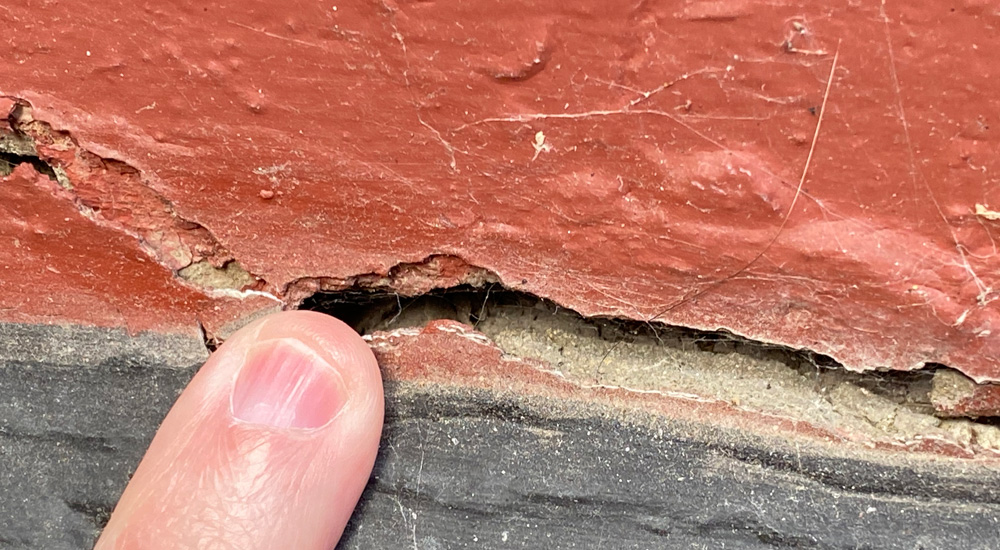The question posed Why do we all find much more movement and cracking specifically within the rear addition/projection compared to the front elevation, when considering mid terraced Victorian houses in London. Any discrepancy between the amount of trees to front…
Structural Engineers Reports . Org
Browse our Blog resources tailored to you and your needs regarding everything to do with Structural Engineering Reports
This article is part of a series aimed at engaging with surveyors who deal with cracks and defects in residential properties. While many of us are familiar with diagnosing and reporting on these issues, the engineering reasoning behind our conclusions…
This article provides a general introduction to a broad topic, what is subsidence, while subsequent articles will look into more technical aspects. It aims to familiarise the average person with the concept, explaining what it is, where it commonly occurs,…
In our first article, we discussed in detail what is a crack and why we worry about them. In this second article Simon Pole BSc C Eng FIStructE MICE MRICS MAE of SERL Pole Structural Engineers Reports looks further into…
Simon Pole BSc C Eng FIStructE MICE MRICS MAE of Pole Structural Engineers Reports has been inspecting and reporting on residential building defects, including cracks in residential property for more than 40 years. Simon is well known within the profession…
Settlement and subsidence are terms that are often misunderstood. Both terms describe the downward movement of a building, resulting in cracks, but there are important differences, with varying outcomes. It’s important to be able to distinguish between settlement and subsidence…
CONTACT
SERL Pole Structural Engineers Reports
4 Bloomsbury Square London WC1A 2RP
60 High Street, Wimbledon
London SW19 5EE
SERL POLE STRUCTURAL ENGINEERS
Copyright © 2024 All Rights Reserved
Website Design & Managed by Two Lizards & Profitable Websites




